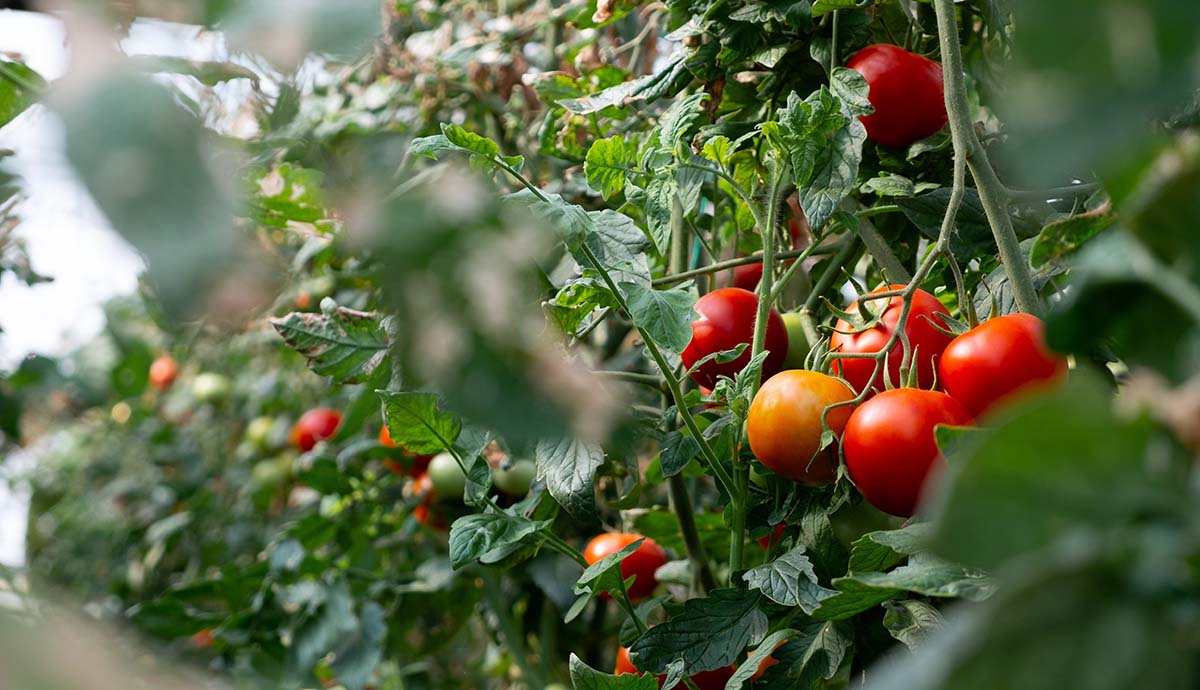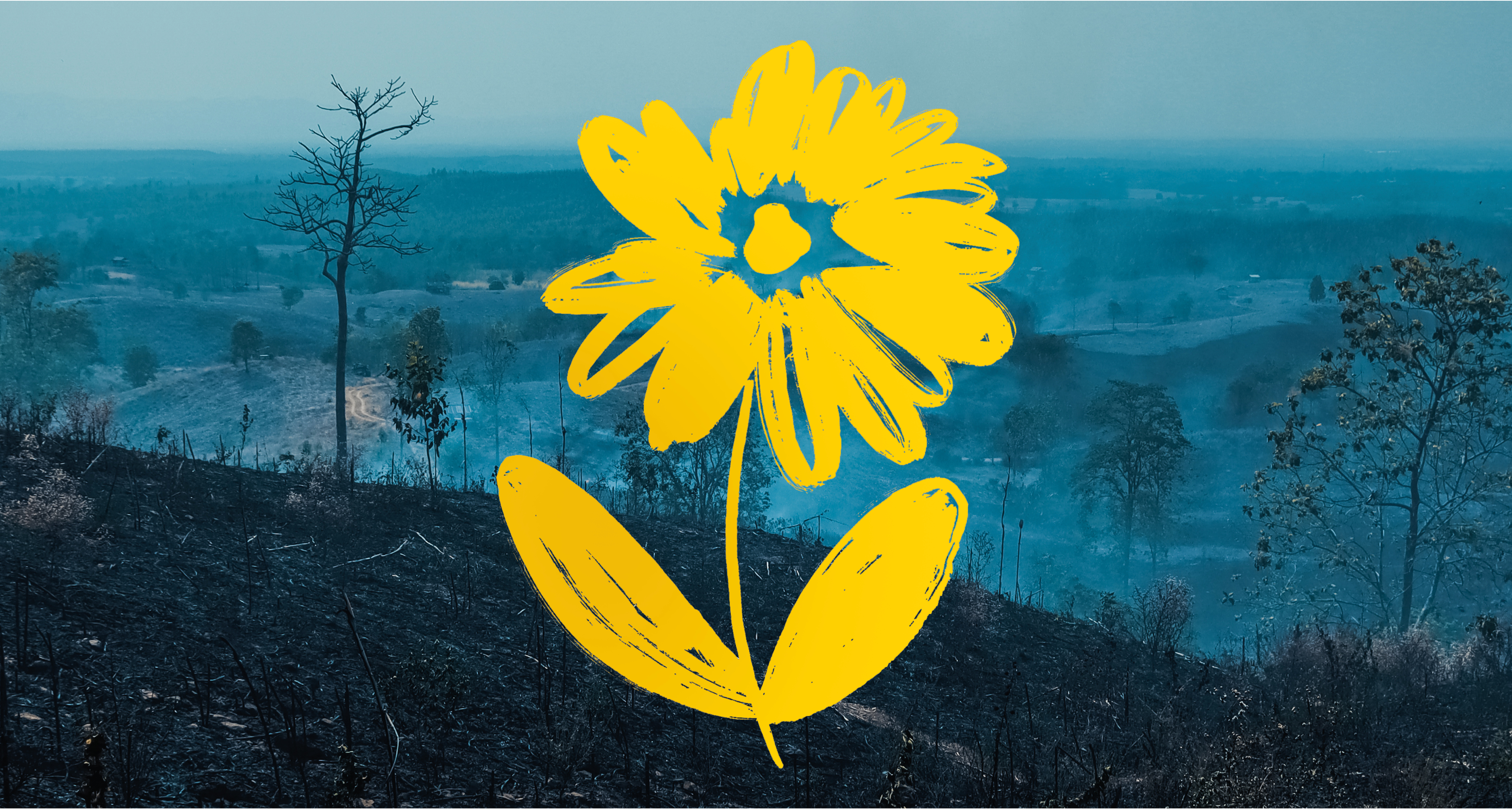Crisps and mash owe their existence to a series of precise events that took place nine million years ago.
That is the startling finding of a new study that has found that potatoes are the result of an ancient hybridisation event.

The potato is one of the world's most important food crops, but it is vulnerable to pests, disease and climate change. ©nednapa
Crisps and mash owe their existence to a series of precise events that took place nine million years ago.
That is the startling finding of a new study that has found that potatoes are the result of an ancient hybridisation event.
We’ve got an ancient hybridisation event in the foothills of the Andes to thank for the humble spud.
That is the remarkable new finding from a team of researchers who have finally figured out the origin of the potato. They have discovered that the first ancestors of the staple root vegetable likely appeared some time around nine million years ago, when ancestors of today’s tomato plants hybridised with those of another group of relatives known as the Etuberosum.
From this event, the early potatoes were able to form underground tubers which allowed them to rapidly diversify and eventually form over a hundred different species that we know of today.
What is most astonishing about this, however, is that the researchers were able to show that this ability to create tubers was not possible without specific genetic information from each of the parent species.
“Our findings show how a hybridization event between species can spark the evolution of new traits, allowing even more species to emerge,” explains Sanwen Huang, a researcher from the Chinese Academy of Agricultural Sciences, China, who led the research.
“We’ve finally solved the mystery of where potatoes came from.”
The paper describing the hybridisation event has been published in the journal Cell.

Domestic potatoes are incredibly diverse, but it takes a really long time to breed new varieties due to their unusual genetics. ©Curioso.Photography
Potatoes are one of the world’s most important crops. Along with wheat, maize and rice, they are estimated to account for up to 80% of all calories eaten by people worldwide.
But the simple spud you can pick up in the supermarket is just one species of a highly diverse group of plants. There are around 140 species of wild potato in South America, growing from Mexico in the north all the way down to Argentina and Chile in the south.
As the climate changes and our understanding of genetic diversity and resilience in crops has increased, scientists are trying to figure out ways to bring some of that wild diversity into our domestic species. But potatoes are notoriously difficult to do this with.
This is because the genetics of potatoes is unusual. While most species, including us, have two copies of chromosome in each cell, the potato has four. This is a state known as tetraploidy and it means that thousands of varieties of potato have to be bred to have the chance of creating one that is useful. The result is that it can take decades to create a new type of the vegetable.

There has long been uncertainty about whether potatoes are more closely related to tomatoes or Etuberosum. It turns out they're both equally related. ©evrymmnt
“One of the powers of plant breeding is to get some of that genetic variability back without compromising the traits that we want like high yields, good nutrition and low toxicity,” explains Dr Sandy Knapp, our expert in plants who was also involved in this new research.
“A confounding factor in all of this is that potatoes are quite easy to reproduce vegetatively. This means there’s not been the impetus or ability to do traditional plant breeding in the same way with potatoes that there has been with other plants like tomatoes.”
This means that many countries are continuing to use varieties of potatoes that have remained basically unchanged for decades. This is a concern as our climate rapidly changes.
To try and solve this issue, researchers turned to the potato’s past.
Despite the importance of potatoes to our nutrition and culture, its origin has been surprisingly murky. We know that the species we cultivate, the common potato Solanum tuberosum, originated in South America. This is based on evidence of domestication of the potato by societies on the shores of Lake Titicaca as early as 7,000 years ago, coupled with the fact that the diversity of wild species is highest in the Andes.
But exactly how this group of plants first came into existence has been a mystery. The morphology of the plant looks strikingly similar to that of three closely related potato-like species from Chile known collectively as Etuberosum. Yet there are other aspects which appear to show that the tomato is closest.

The Andes was rising at around the same time that the hybridisation event occured, providing new environments for the plants. ©Pavel Svoboda Photography
Sandy was able to combine her expertise in Solanum taxonomy with the genetic skills of Sanwen and his team to delve deep into the potatoes genetics. They uncovered that the potato genome is actually a mosaic of different elements that come from the tomato and the Etuberosum genomes. This showed that the original potato lineage must have been the result of a hybridisation event between ancestors of the two groups.
What is more, they were able to pinpoint exact genes from each parent group which were responsible for the growth of underground tubers. For example, the gene SP6A which acts like a master switch to turn on or off tuber growth comes from tomatoes. The gene IT1 which controls the growth of underground stems from which the tubers grow, however, comes from Etuberosum. Potatoes – the tubers we eat - wouldn’t be able to form without either of these genes.
By figuring out that this hybridisation event occurred roughly nine million years ago, they were also able to offer up a suggestion as to why the potato lineage was then able to rapidly diversify. At about this period in time, the Andes mountains were rising ever higher. This was creating new environments that were perfect for the newly evolved potato plants.
“It was a concatenation of events,” explains Sandy. “The ability to vegetatively reproduce perhaps led to stability of these hybrid populations for long enough for them to develop ways to sexually reproduce. But it also allowed them to invade lots of different habitats, including the dry cold habitats which were being formed in the high Andes.”
Without any of these events lining up, we might not have the delicious chip.

Use our new tool to find actions that are good for both you and the environment.

Discover science-backed, hopeful solutions that will help us to create a more sustainable world.
New gallery open now.
Don't miss a thing
Receive email updates about our news, science, exhibitions, events, products, services and fundraising activities. We may occasionally include third-party content from our corporate partners and other museums. We will not share your personal details with these third parties. You must be over the age of 13. Privacy notice.
Follow us on social media